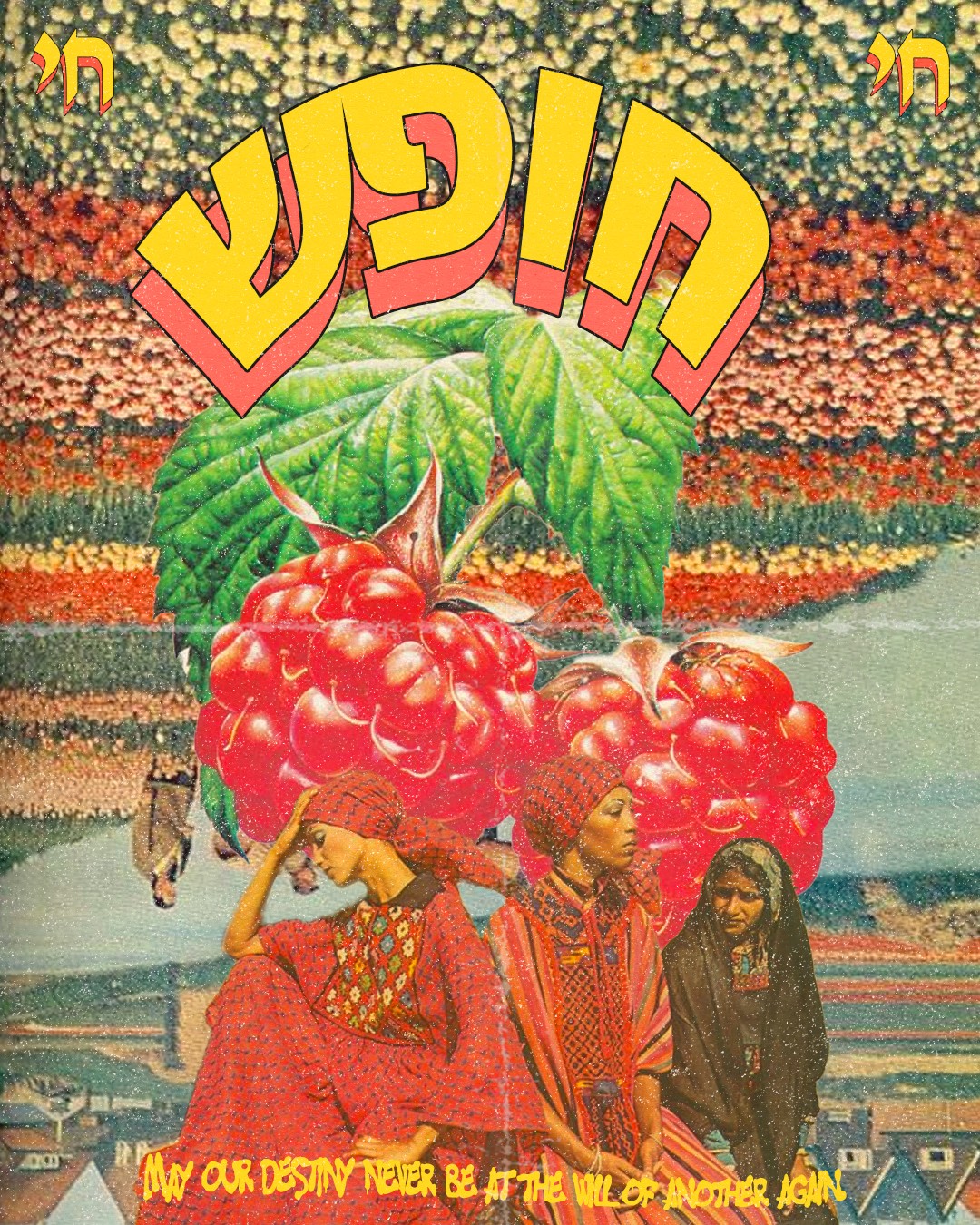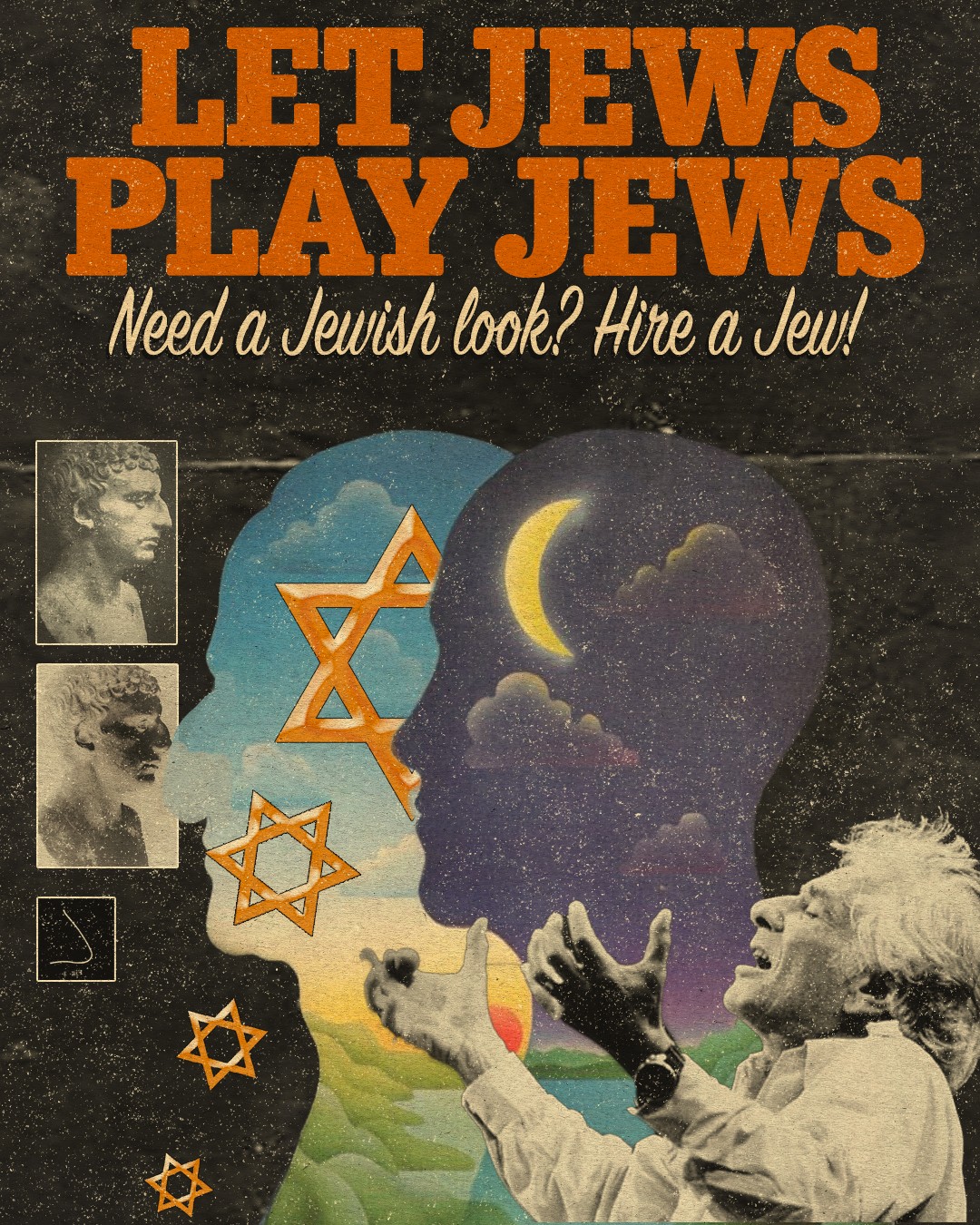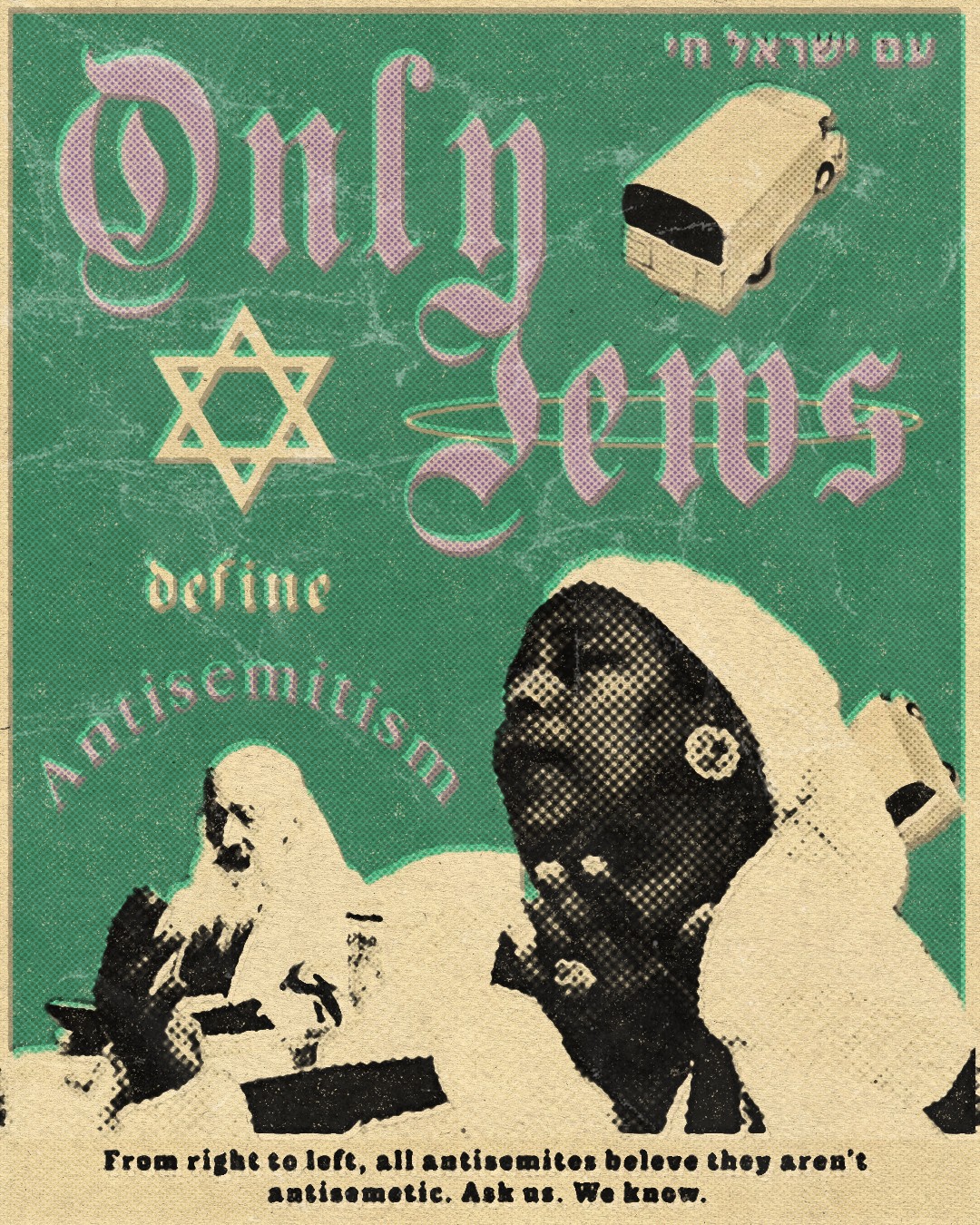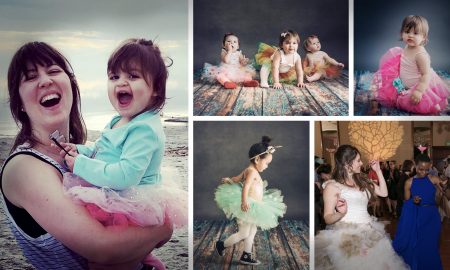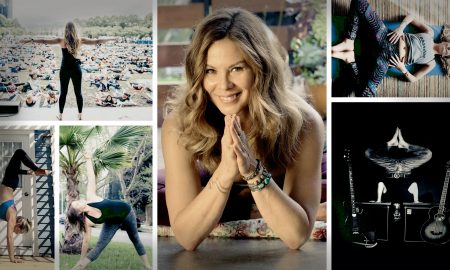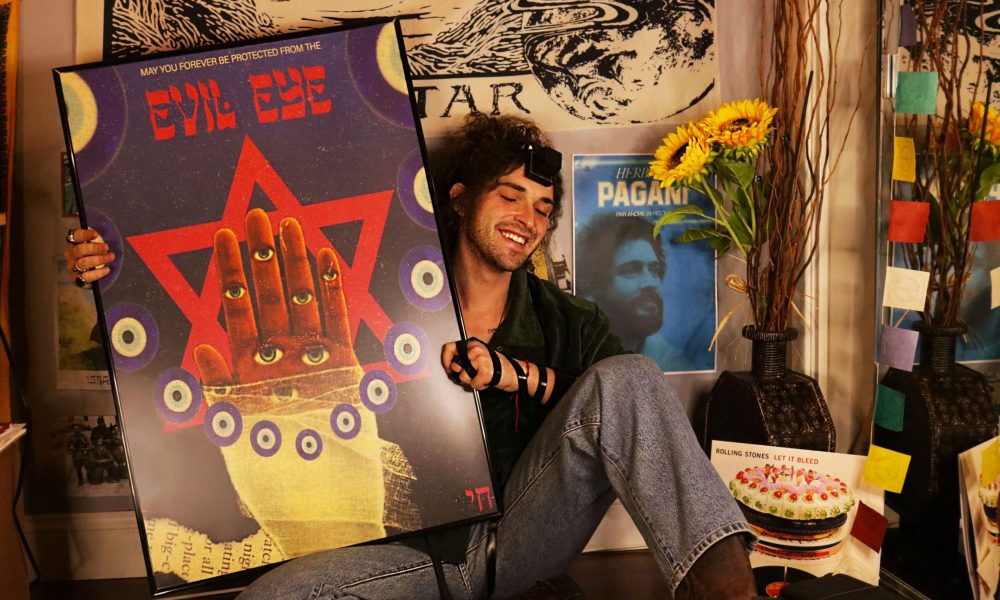

Today we’d like to introduce you to Alex Woz.
Alex, we appreciate you taking the time to share your story with us today. Where does your story begin?
My story began with my grandparents who were seeking asylum from the Nazis in Europe, as well as their brutal persecution of Jews. My grandparents ended up fleeing to Argentina, where both my mother and my father were born. They later immigrated to the United States due to rising dangers for religious and ethnic minorities in the country, and soon after, had me.
My mother was always interested in being a painter but had to shelve her dreams due to her turbulent life in a third-world country, as well as the immigration process. As I began to show interest in art at a young age, she made sure to nurture me in any way that she could and encouraged me to pursue the arts professionally.
I created art for years, and it wasn’t until I hit my preteens that I began to experience very intense antisemitism. I went to high school in a really white and non-Jewish area, but not only that, it was in one of the most antisemitic cities in America. Since I had a barmitzvah a few years prior, everyone at my school knew I was Jewish. In fact, 4 of the kids that attended my barmitzvah later turned out to be skinheads who would throw rocks at my parent’s cars as they came to pick me up from school.
I would nervously laugh through all the abuse as a defense mechanism. Years later, I began to critically reflect on these experiences, and how they shaped not only my worldview but my view of myself- I realized that I had internalized the antisemitism. I knew there were countless others who must’ve had the same experience as I did, as well as those who have yet to begin the healing process.
It wasn’t until May 2021 that I began to use art as a way to channel my sentiments about antisemitism and Jewish identity into my creative expression. It was a marginal risk to my career to be outspoken about antisemitism in my art, but I had reached a point where I could no longer separate my experiences as a Jew from my self-expression.
Today, I encourage Jews to understand the devastating role that propaganda has played in our history. I urge Jews to understand that we can reclaim our narrative by consciously using a positive representations of our community, and through uplifting each other through expression and the arts.
Can you talk to us a bit about the challenges and lessons you’ve learned along the way. Looking back would you say it’s been easy or smooth in retrospect?
It has not been a smooth road at all, haha. More like a bumpy, swervy road, but those are the most fun to drive on, right?
I’ve been denied opportunities at jobs after they found out about my work, deeming it too political, while others have flat-out excommunicated me after I began embracing my identity and using my platform to be outspoken about our community.
Last year, I created a typographic piece that read “Jews are not white Europeans, and Jewish history is not white European history”- a sentiment which I write a lot about in my work, and a point of contention that most Jews understand very well. That piece quickly became my most liked post on Instagram- not because of Jews sharing it, but rather because it had been reposted on “Goyim.tv”, a far-right white supremacist website that is dedicated to killing Jewish people.
I got doxxed immediately, and someone sent me a photo of my address written on a piece of paper with a machine gun on top of it. I reported it to the police, but it was very tense in my house for a few days after that. I slept with one eye open, but it never deterred me from continuing my mission, which I perceive to be much larger than myself.
Overall though, embracing my identity has led to much more positive than negative. I’ve made incredible connections with people, made lifelong friends, had opportunities to speak at Jewish institutions to empower our youth, and have received immense amounts of loving messages. I even had some of my friends from other communities reach out and tell me they were inspired to embrace their culture and heritage after seeing me do the same, and that warmed my heart beyond belief.
Thanks – so what else should our readers know about your work and what you’re currently focused on?
I specialize in using collage and typography to create images of positive Jewish representation. I often cut out images of different communities of Jews and use them in my works, paired with typography in Hebrew or English that sheds light on Jewish spirituality and history. I work with images of diverse Jewish communities, including Sefardi Jews, Mizrahi Jews, Ethiopian Jews, as well as Hasidic Jews.
A lot of these photos are antiquated (some were taken before the Holocaust), so I feel like I have a unique responsibility when working with them. Before planning my composition, I collect my photos and have a moment with them. I look into the photos as if to ask them, “What did you want to say in your life, that you never got the chance to say?” I always take great care to not only represent our community well but to also show as much respect as possible to the photos. It is very much an internal and spiritual dialogue I am always having.
As for what sets me apart from others, I would say that I have chosen to embrace my identity and community completely, and have chosen to unapologetically immerse my work in these topics. It had its challenges, especially in the beginning, but this is too important for me to not center my art around. The feedback from the community has been so overwhelmingly positive that I feel like I have a genuine connection with them, as well as a responsibility to empower us as I continue my life as an artist.
Where do you see things going in the next 5-10 years?
The art world is consistently shifting, shaping, and evolving. I hope this process never halts, even if it leaves me in the dust as it does so, haha. In our fast-paced world today, it’s become increasingly difficult to predict about anything further than a few months in the future- we’ve seen firsthand how the world can change practically overnight, so I don’t become too attached to the future.
That being said, I do see more artists embracing their heritage, as well as basing the narratives in their art around their lived experiences as a minority. I always show up for these kinds of works, as I’m fascinated how others of different communities can educate about their experiences as well as inspire others through their visuals.
As far as my own community, it is worthy to acknowledge that the landscape appears to be getting more and more unsafe for us. Because of this, I feel like my art has connected with those who have desperately looked for representation amidst a sea of bigotry. Of course, I hope these trends die, but the realist, as well as the Jewishness in me understands very well that I need a plan B if something were to happen. One of my heroes, Marc Chagall, an unapologetically Jewish artist, was jailed for his artwork. I’m not implying that I will be imprisoned, but our experiences and trauma always feel like they crawl up our spines and tell us to understand the warning signs and leave. Until then, I can only continue to advocate for my people and push for my art as well as other Jewish artists’ work to enter the mainstream art world in hopes of utilizing its powerful ability to educate.
Contact Info:
- Website: alexwozart.com
- Instagram: @woz_art
